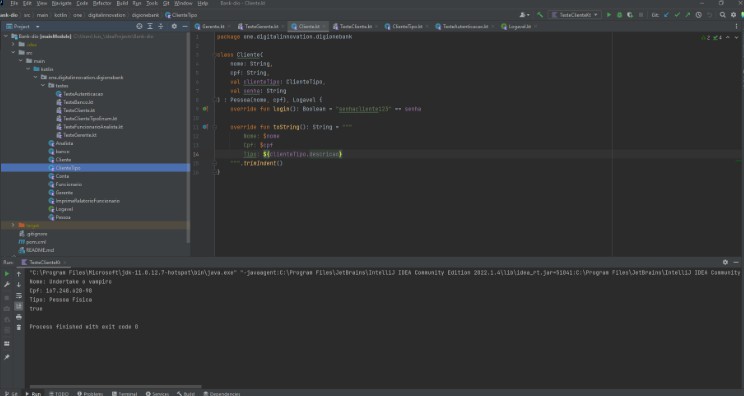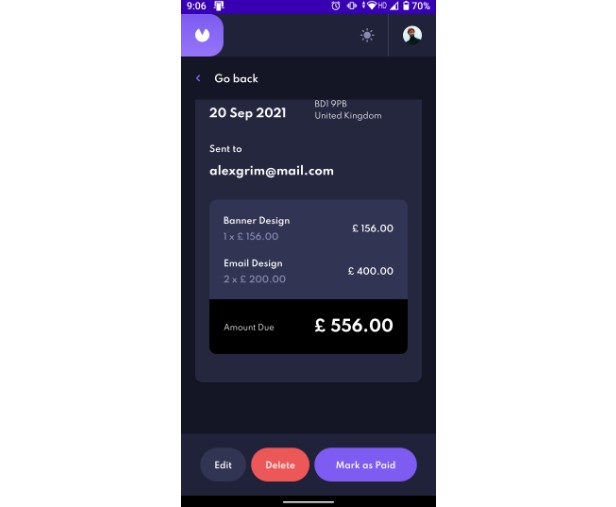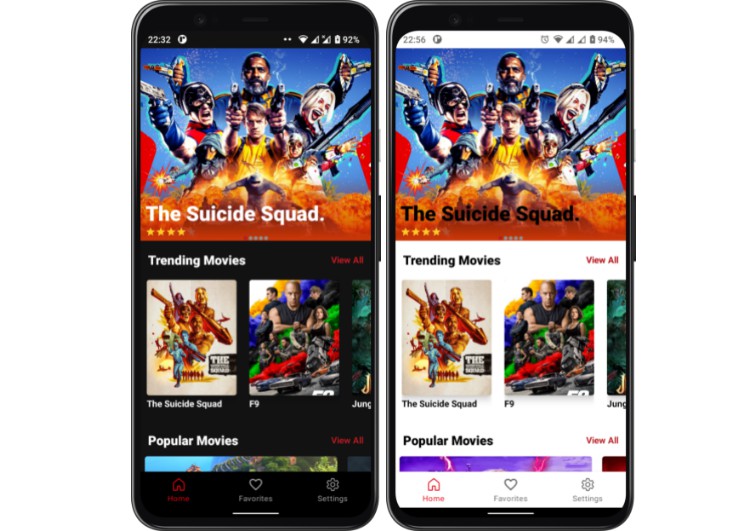Android-Clean-Architecture-MVVM-Kotlin
Project Overview
This project aims to demonstrate the usage of Android Architecture Components and how this components can be used in an application with a MVVM architecture in Kotlin
Project Description
First of all, I would like to show how I made the packages structure of the project For achieving The separation of concerns
-
Presentation layer
will include normal Activities , Fragments and ViewModels which will only handle rendering views and will follow MVVM pattern.
-
Domain layer
With the Use Cases that will include all business logic and interact between Data and Presentation layer by means of interface and interactors. The objective is to make the domain layer independent of anything, so the business logic can be tested without any dependency to external components.
-
Data layer
With the Repositories.
Let’s explore Architecture Components
According to Android Documentation, Architecture Components are a set of Android libraries for structuring your app in a way that is robust, testable, and maintainable
UI Controllers
are activities or fragments. The only job of UI controllers is to know how to display data and pass on UI events, such as the user pressing a button. UI Controllers neither contain the UI data, nor directly manipulate data.
ViewModels and LiveData
These classes represent all of the data needed for the UI to display. You’ll learn exactly how these two classes function together in this Project.
Repository
This class is the single source of truth for all of our app’s data and acts as a clean API for the UI to communicate with. ViewModels simply request data from the repository. They do not need to worry about whether the repository should load from the database or network, or how or when to persist the data. The repository manages all of this. As part of this responsibility, the repository is a mediator between the different data sources.
Remote Network Data Source
Manages data from a remote data source, such as the internet.
Model – Manages local data stored in the database.
Used libraries:
Refrences:
- ِAndroid Documentation
- source code for the official Google I/O 2018 for Android app
- Architecture Components Code Lab



